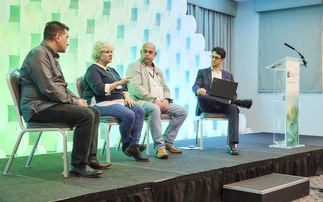Nation-state attackers believed to be behind wave of sophisticated, security-evading malware
The global banking system and governments worldwide are being targeted with sophisticated in-memory malware that, security researchers claim, is almost undetectible using conventional security tech...
To continue reading this article...
Join Computing
- Unlimited access to real-time news, analysis and opinion from the technology industry
- Receive important and breaking news in our daily newsletter
- Be the first to hear about our events and awards programmes
- Join live member only interviews with IT leaders at the ‘IT Lounge’; your chance to ask your burning tech questions and have them answered
- Access to the Computing Delta hub providing market intelligence and research
- Receive our members-only newsletter with exclusive opinion pieces from senior IT Leaders




















